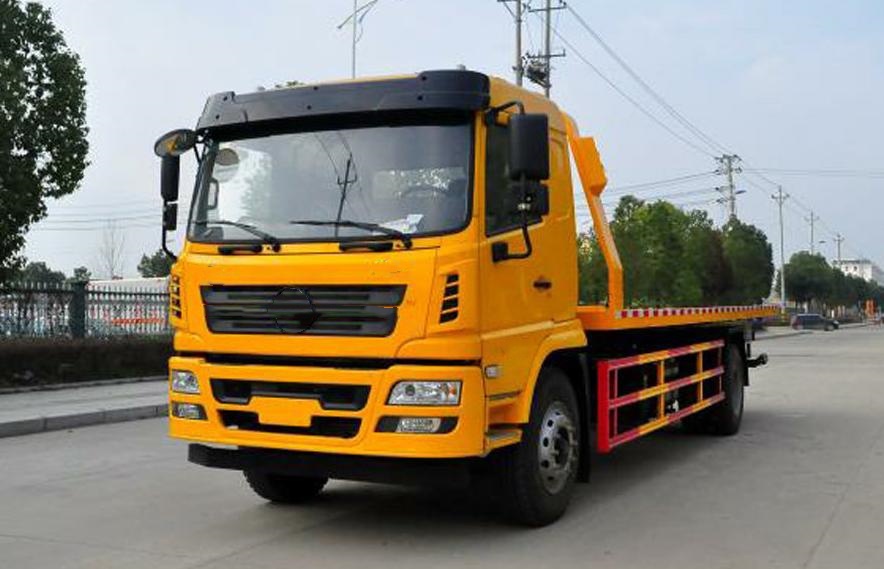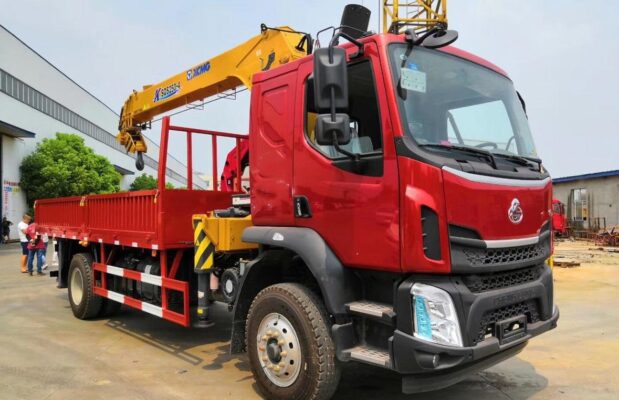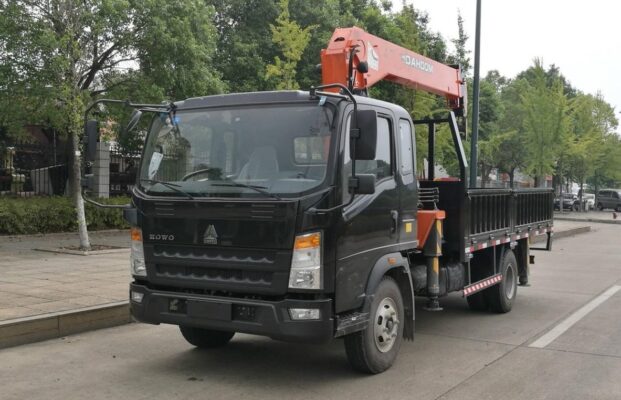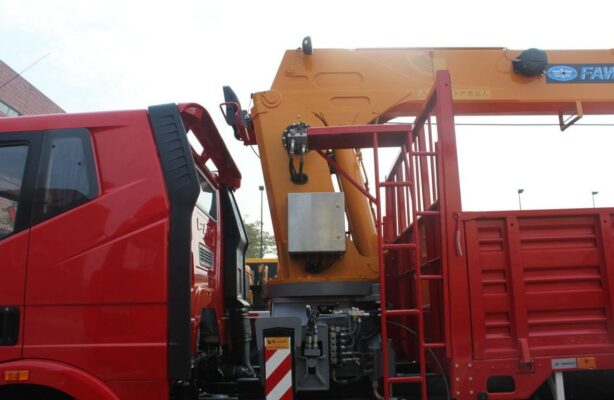Jeřáb hooks are among the most critical lifting devices used in jeřábs, often paired with movable pulleys to create a hook and pulley assembly. This assembly connects to the flexible components of the lifting mechanism, enabling safe and efficient lifting operations. Given the potential consequences of hook failure, including severe personal injury and equipment damage, it is imperative that the materials used for hooks are meticulously selected to minimize the risk of sudden breakage.
Material Requirements for Hooks
- Material Selection:
- To ensure the strength and durability of hooks, high-strength materials are essential. Však, these materials can be prone to cracking and defects, which may lead to catastrophic failures. Proto, low-carbon steel is commonly chosen for manufacturing hooks.
- Manufacturing Methods:
- Hooks designed for medium and small load jeřábs are typically forged to enhance their strength and reliability. Na rozdíl od toho, larger hooks are often constructed from riveted steel plates, known as plate hooks. This approach allows for better weight distribution and load handling.
- Advancements in Technology:
- Recent advancements in forging technology have enabled the production of larger hooks through forging processes. Forged hooks are usually made from high-quality low-carbon steel, such as grade 20, while smaller hooks may utilize materials like 16Mn, 20MnSi, or 36MnSi, which are known for their strength and durability. A small percentage of aluminum (≥0.02%) is often added to these alloys to prevent aging and enhance performance.
- Plate Hooks:
- Plate hooks consist of multiple plates made from Q235-B, grade 20, or 16Mn steel, with a minimum specified thickness. One of the significant advantages of plate hooks is their inherent safety; any defects typically affect only individual plates, allowing the remaining plates to continue bearing the load. This structural redundancy provides an added safety margin compared to forged hooks. Navíc, if damage occurs to plate hooks, the affected plates can be replaced without discarding the entire hook.
- Weight Considerations:
- Although plate hooks offer increased safety, they are generally heavier than forged hooks due to their less efficient cross-sectional shapes. This weight difference must be taken into account during crane design and load calculations.
- Inspection and Maintenance:
- All hooks in operation must undergo regular inspections and be marked as qualified for use. It is crucial to have a systematic inspection process to ensure that hooks are free from defects and are functioning safely.
Disassembly and Repair Steps for Hook and Pulley Assembly
Proper maintenance and repair of the hook and pulley assembly are vital for safe crane operations. Below are detailed steps for disassembling the pulley assembly, which is an essential part of the overall hook mechanism.
Disassembly Steps:
- Preparation:
- Before starting the disassembly process, refer to the provided diagram for guidance. Ensure that all necessary tools are available and that the workspace is clear of obstructions.
- Removing the Pulley Cover:
- Unscrew the bolts (27) and nuts (28) securing the pulley cover (6). Carefully lift off the cover to expose the internal components of the pulley assembly.
- Extracting Internal Components:
- Remove the locking nut (15) and the pin (14), along with the washers (17, 18, 13). This step is crucial for accessing the pulley shaft and other internal components.
- Using a Puller:
- Employ a puller to extract the entire pulley assembly from the pulley shaft (8). This method ensures that the assembly is removed without causing damage to the surrounding structures.
- Removing the Pressure Cover:
- Carefully take off the pressure cover (9). Once the cover is removed, utilize a copper rod to gently knock out the bearings. It is essential to handle the bearings with care to prevent damage.
- Retrieving the Spacer and Bearings:
- After the bearings are knocked out, retrieve the spacer (19) and remove the retaining ring (20). Ensure that all parts are kept organized to facilitate reassembly.
- Final Bearing Removal:
- Knock out the last bearing from the pulley (7) to complete the disassembly process. At this stage, all components of the pulley assembly should be removed and ready for inspection or repair.
Závěr
Na závěr, the safety and efficiency of crane operations hinge significantly on the integrity of the hook and pulley assembly. The careful selection of materials, adherence to manufacturing standards, and regular maintenance and inspection practices are essential in preventing failures. By following the outlined disassembly and repair procedures, personnel can ensure that the crane’s lifting mechanisms are kept in optimal condition, thereby enhancing operational safety and reliability. Regular training and updates on best practices for maintenance and repair will further contribute to the effective management of lifting equipment in the workplace.












